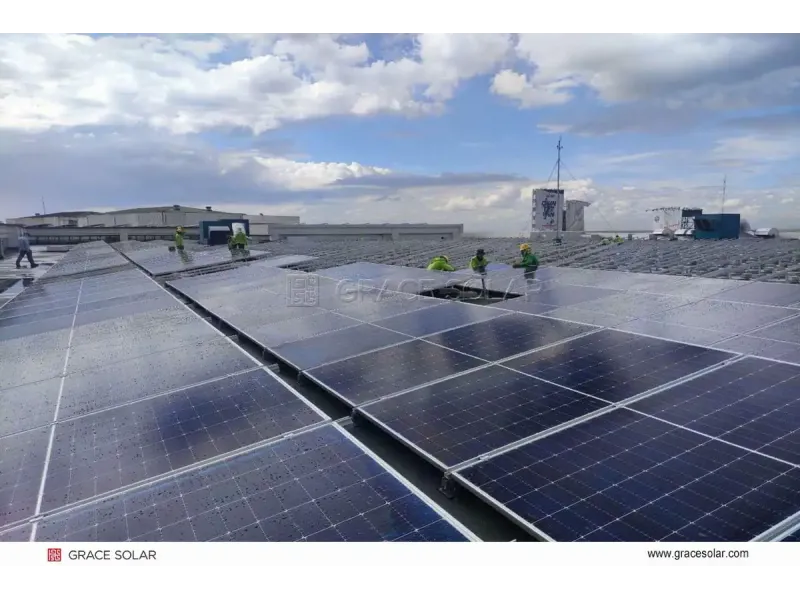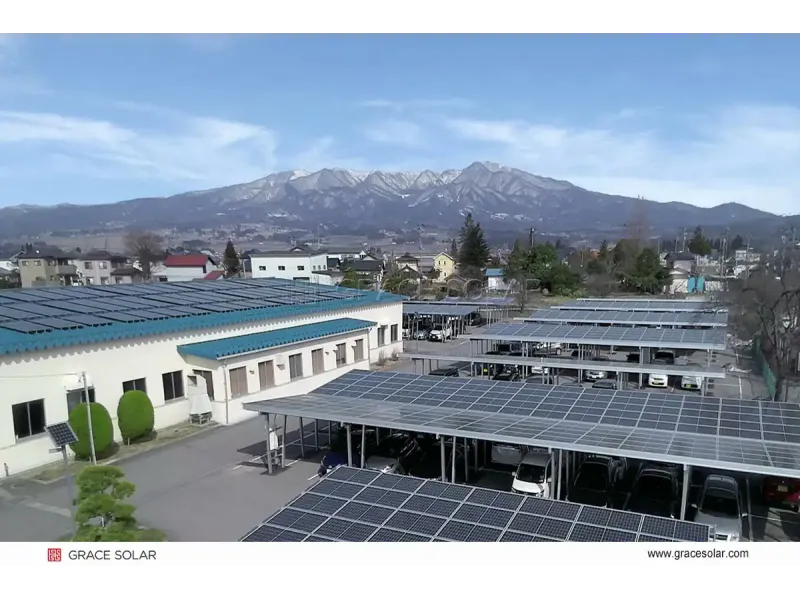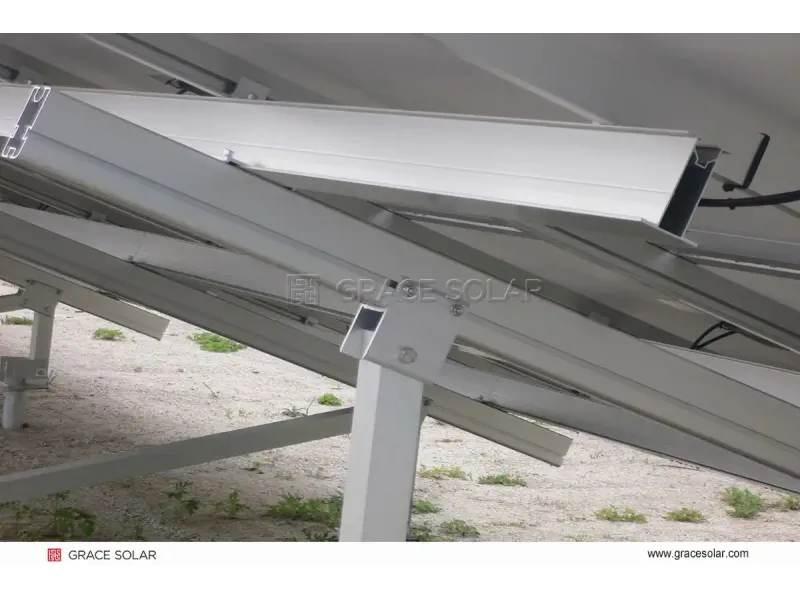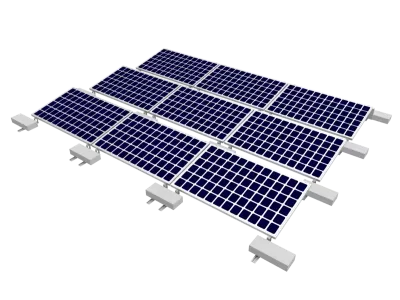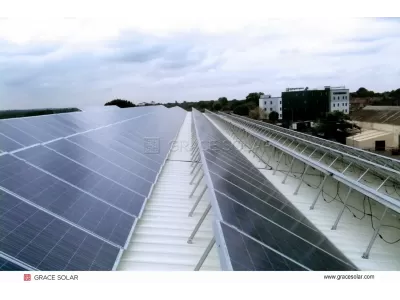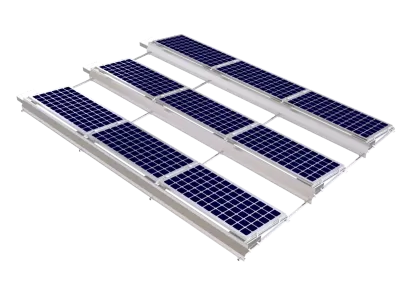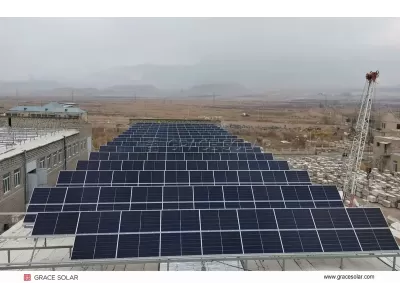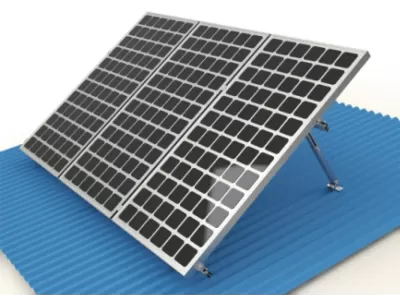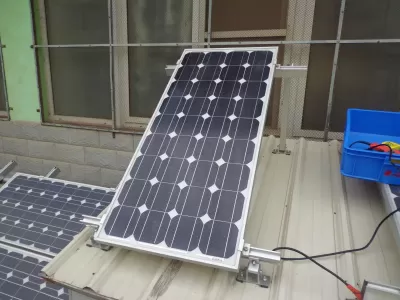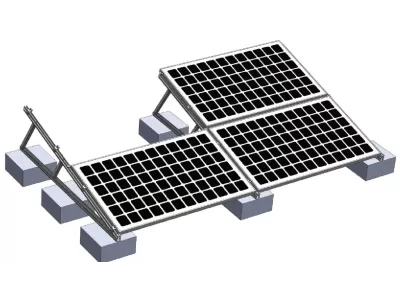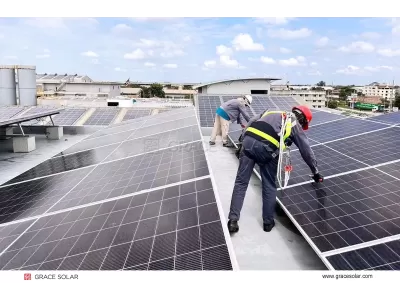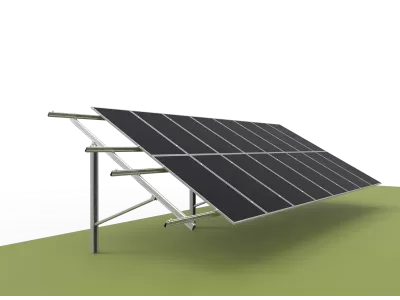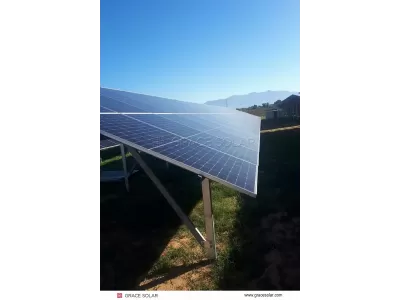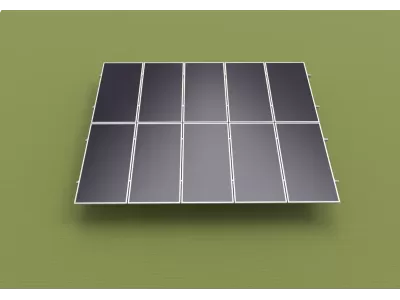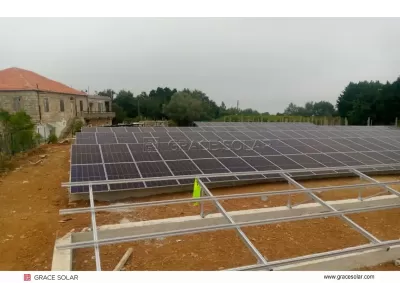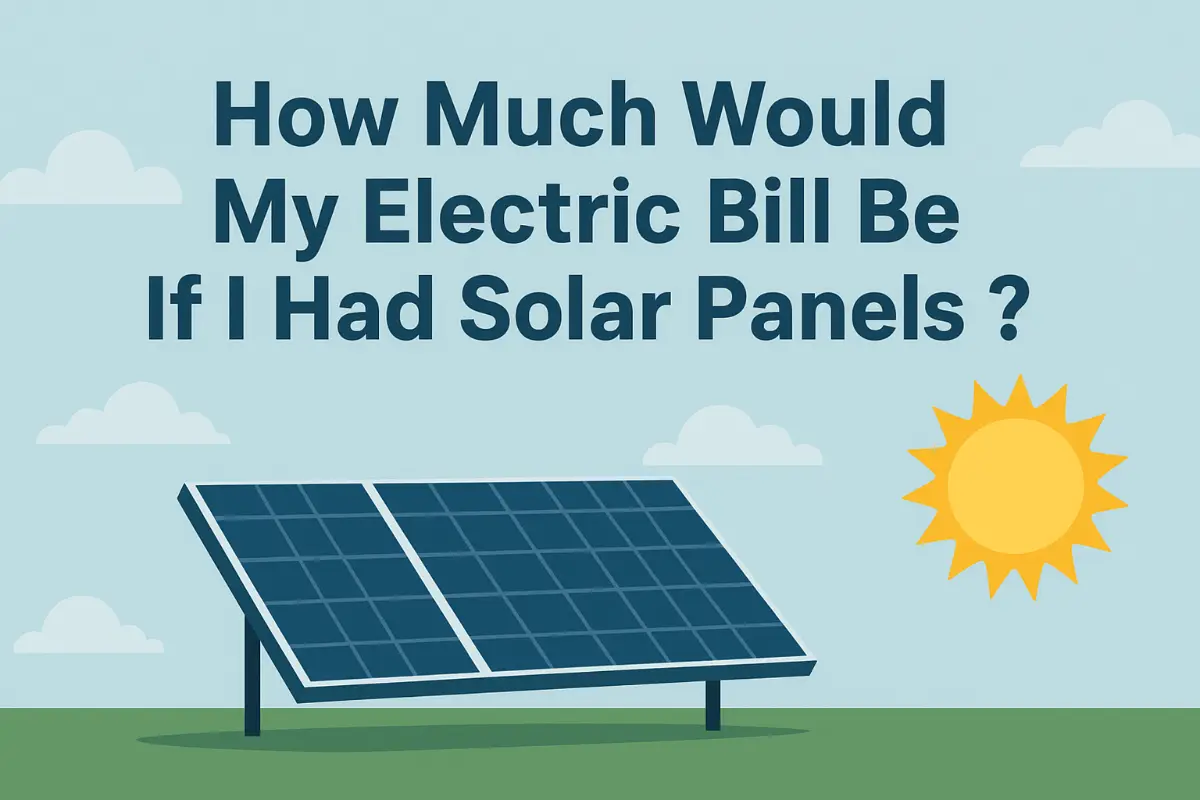
How Much Would Your Electric Bill Be With Solar Panels? A Complete Guide
One of the most common questions homeowners ask when considering solar energy is: "How much will my electric bill actually be after installing solar panels?" The answer might surprise you - while solar panels can dramatically reduce your electricity costs, most homeowners still receive a monthly bill, though it's often significantly lower or even negative in some cases.
Why You Still Receive an Electric Bill With Solar Panels
Contrary to popular belief, installing solar panels doesn't typically eliminate your electric bill entirely. Most residential solar systems are grid-tied, meaning they remain connected to the local utility grid. This setup allows you to:
- Draw power from the grid when your panels aren't producing enough electricity (at night or during cloudy days)
- Send excess electricity back to the grid in exchange for credits through net metering
- Maintain reliable power during periods of high energy demand
Key Factors That Determine Your Electric Bill With Solar
Several crucial factors influence how much you'll pay for electricity after going solar:
1. Solar Electricity Production vs. Consumption
The balance between how much electricity your solar panels produce and how much your household consumes is the primary driver of your electric bill. If your system generates more electricity than you use, you'll see credits on your bill. If you consume more than you produce, you'll owe money for the grid electricity used.
2. Net Metering Policies
Net metering is a billing arrangement where your utility company credits you for excess solar electricity sent to the grid. The specific net metering rules in your area significantly impact your savings:
- 1:1 Net Metering: You receive full retail price credit for excess electricity
- Reduced Rate Net Metering: Credits are provided at a lower wholesale rate
- Time-of-Use Net Metering: Credit values vary based on time of day
3. Fixed Utility Charges
Most utility companies charge fixed monthly fees for grid connection, customer service, and infrastructure maintenance. These charges typically range from $10 to $30 monthly and aren't usually covered by net metering credits.
4. System Size and Efficiency
The size and efficiency of your solar installation directly impact your bill reduction. A properly sized system from experienced providers like Grace Solar can maximize your energy production and savings.
Realistic Electric Bill Scenarios With Solar Panels
Based on industry data and thousands of installations, here's what homeowners can typically expect:
Monthly electric bill: $10-$30 (fixed charges only)
This occurs when your solar production matches or exceeds your consumption
Monthly electric bill: 30-70% of original amount
Common when roof space limits system size or consumption is high
Monthly electric bill: Negative balance (utility owes you)
Possible in months with high production and low consumption
Average Monthly Savings With Solar Panels
According to industry data, most homeowners experience significant savings:
- National Average Monthly Savings: $100-$200
- Annual Savings Range: $1,200-$2,400
- 25-Year Lifetime Savings: $31,000-$100,000+
How Grace Solar Helps Maximize Your Solar Savings
With over a decade of experience and ranking among the top 5 in global market share, Grace Solar brings unparalleled expertise to solar installation. Our global cumulative installed capacity of 48GW demonstrates our commitment to quality and performance.
We optimize every installation to ensure maximum bill reduction by:
- Conducting detailed energy consumption analysis
- Designing systems tailored to your specific needs and local conditions
- Navigating local net metering policies and utility requirements
- Utilizing high-efficiency components from our 2000m² experiment center
Calculating Your Potential Electric Bill With Solar
Use this simple formula to estimate your post-solar electric bill:
For a personalized assessment, consult with solar professionals who can analyze your specific situation, including your location's sunlight hours, current electricity rates, and available incentives.
Important Considerations Beyond the Monthly Bill
While your monthly electric bill is important, also consider these long-term factors:
- Protection Against Rate Hikes: Electricity rates historically increase 3-5% annually
- Increased Property Value: Solar installations typically increase home value
- Environmental Benefits: Reduce your carbon footprint significantly
- System Payback Period: Most systems pay for themselves in 7-10 years
Conclusion: Realistic Expectations Lead to Maximum Satisfaction
While solar panels don't typically eliminate electric bills completely, they can dramatically reduce them—often by 70-100% for most homeowners. The exact amount depends on your specific circumstances, including your energy consumption, system size, local policies, and utility rates.
Companies with global experience like Grace Solar bring valuable expertise to ensure your solar investment delivers maximum financial returns. With installations in over 100 countries and recognition as a top global brand, our mission remains "Mount every solar plant firm as rock, bring more profits from the sun."
Remember: The goal of going solar isn't necessarily to achieve a $0 electric bill, but to significantly reduce your energy costs while gaining energy independence and environmental benefits for years to come.


